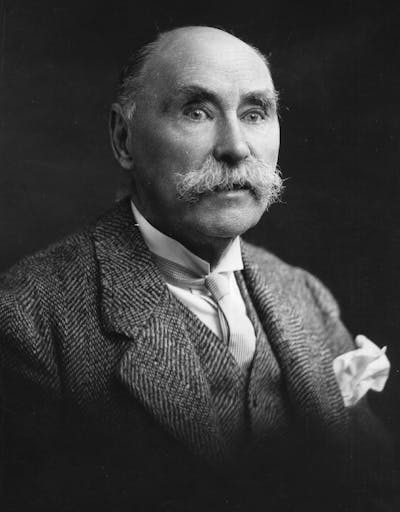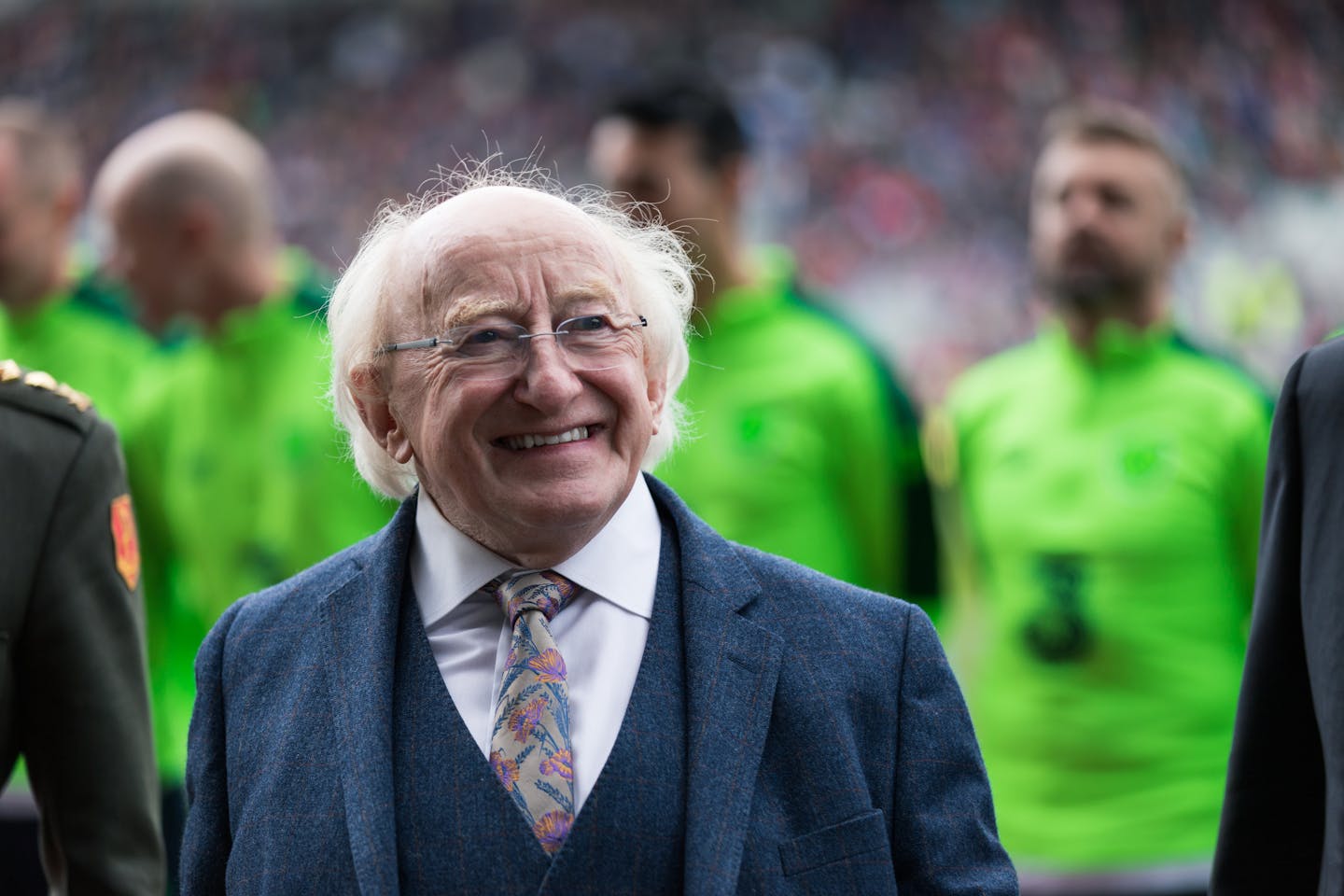Ireland is set to have a new president in the form of Catherine Connolly, an independent leftwing TD for Galway, and former deputy speaker of the Dáil.
The presidential election campaign was a colourful and eccentric spectacle. Since the Irish president isn’t an executive office with power over policy, the campaign focused on obscure ethical scandals around the two candidates, Connolly and Fine Gael candidate Heather Humphreys.
At times, though, the debate strayed into various policy issues despite the president having no power over these. The candidates’ views on everything from housing, disability, military neutrality and even foxhunting came under scrutiny.
For many, the campaign will have seemed awkward and profoundly odd. Ireland went through the rigmarole of a national election but for something for which the political stakes are undeniably low. This, in turn, reflects certain anomalies of the Irish presidency as a political institution.
The president of Ireland, a role created by the 1937 constitution, is the only national office elected directly by the people. The president will, therefore, have a very significant democratic mandate, and will tend to be a popular figure.
But this mandate is not matched by very much power. A president must campaign for a mandate from the people, yet once in office, finds no real conduit, other than speech itself, through which to make good on that mandate.
Presidential powers
In a parliamentary democracy such as the UK or Ireland – where the executive government is formed from within the parliament – the head of state will tend to have quite modest constitutional functions. Even where the head of state is a president, they will tend to have powers quite similar to those of a hereditary monarch. They formally sign bills into law and perform certain other strictly ceremonial constitutional functions, while serving as a symbol of continuity, national unity and so on.
One of the advantages of having an elective head of state, however, is that it becomes politically feasible to grant them more extensive powers of the sort that would be difficult to envisage for a monarch.
What exactly these powers are varies across parliamentary republics such as Germany, Italy or Greece. While Ireland’s post-independence constitutions mirrored many basic features of the British parliamentary system, they had elements of novelty and innovation as well. The office of the president was one of these.
Indeed, if someone were to read the constitution with no context, it makes the president seem like a potentially key player in the political system.
In particular, the constitution seems to envisage the president being a sort of arbiter in the legislative process, particularly in the event of deadlock between the two houses – the Dáil and Seanad (senate). These powers arise, for example, in the event of disputes over what counts as a “money bill”, or reducing the time the senate has to consider bills during a public emergency. The president also has, in theory, a power to refer bills to referendum, where petitioned by a majority of the Senate and one-third of the Dáil.

However, this potentially important umpire role has never really materialised in practice, mostly because these powers seem to envisage situations of dispute between the two houses that have hardly ever arisen in practice. The senate has never really posed much of a barrier to government legislation coming from the Dáil, partly because the taoiseach gets to nominate almost one-fifth of its members. Governments therefore have an almost guaranteed majority in the upper as well as lower houses. Any notional role of umpire for the president becomes redundant in a legislative system so dominated by the government.
The president does also have the power to refer bills to the Supreme Court to test their constitutionality, a power that has been used 16 times. However, relatively few constitutional controversies have been resolved through this process. The more common route to resolving any doubts about potentially unconstitutional laws has been through via advice from the attorney general.
Beyond legislation, the president is theoretically a potential kingmaker in the process of government formation. Unlike the British monarch, the president cannot “invite” anybody to form a government. But they can refuse a taoiseach’s request to call a snap election, if the taoiseach has lost the confidence of the Dáil. But again, the role notionally envisaged for the president, as a kind of arbiter within the political system, never really materialised in practice, as an expectation emerged of presidents having a passive and ceremonial role.
With many of their formal powers becoming more or less redundant, a president who was campaigned for and received the people’s trust must fulfil that mandate by some other means. More recent presidents, especially Mary Robinson and the outgoing president, Michael D Higgins, have sought to express their democratic mandate more in the realm of symbolism than in the exercise of any hard power. Higgins controversially used the presidency to speak out in the range of topics, from housing and inequality, to the issues of neutrality and genocide on the international stage.

But the controversies of Higgins’ tenure neatly reflected the wider paradoxes of the Irish presidency. Many of the powers of the office - at least the discretionary powers where the president has some choice - are almost redundant. Its legitimacy and clout is expressed almost exclusively in the symbolic realm. Higgins gave voice to widely held concerns of injustice and inequality both in Ireland and globally - but it would be difficult to argue that this shifted the political needle leftwards in Ireland during his tenure. It is in that context that another relatively radical figure will assume office as president of Ireland.
This article is republished from The Conversation, a nonprofit, independent news organization bringing you facts and trustworthy analysis to help you make sense of our complex world. It was written by: Eoin Daly, University of Galway
Read more:
- Ireland’s presidential election race now down to two women
- How Brexit hardened attitudes about the Irish border – and why things might be changing
- Syria’s new leader promised democracy. Then he excluded women from parliamentary elections
Eoin Daly does not work for, consult, own shares in or receive funding from any company or organisation that would benefit from this article, and has disclosed no relevant affiliations beyond their academic appointment.


 The Conversation
The Conversation
 13WMAZ
13WMAZ Newsday
Newsday Omak Okanogan County Chronicle
Omak Okanogan County Chronicle Associated Press US News
Associated Press US News Raw Story
Raw Story AlterNet
AlterNet Associated Press US and World News Video
Associated Press US and World News Video News 9 Crime
News 9 Crime